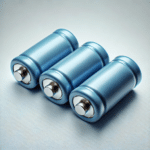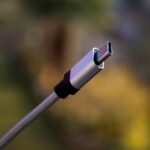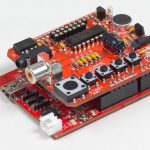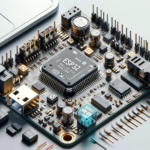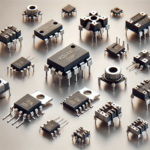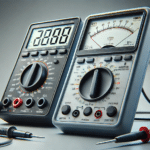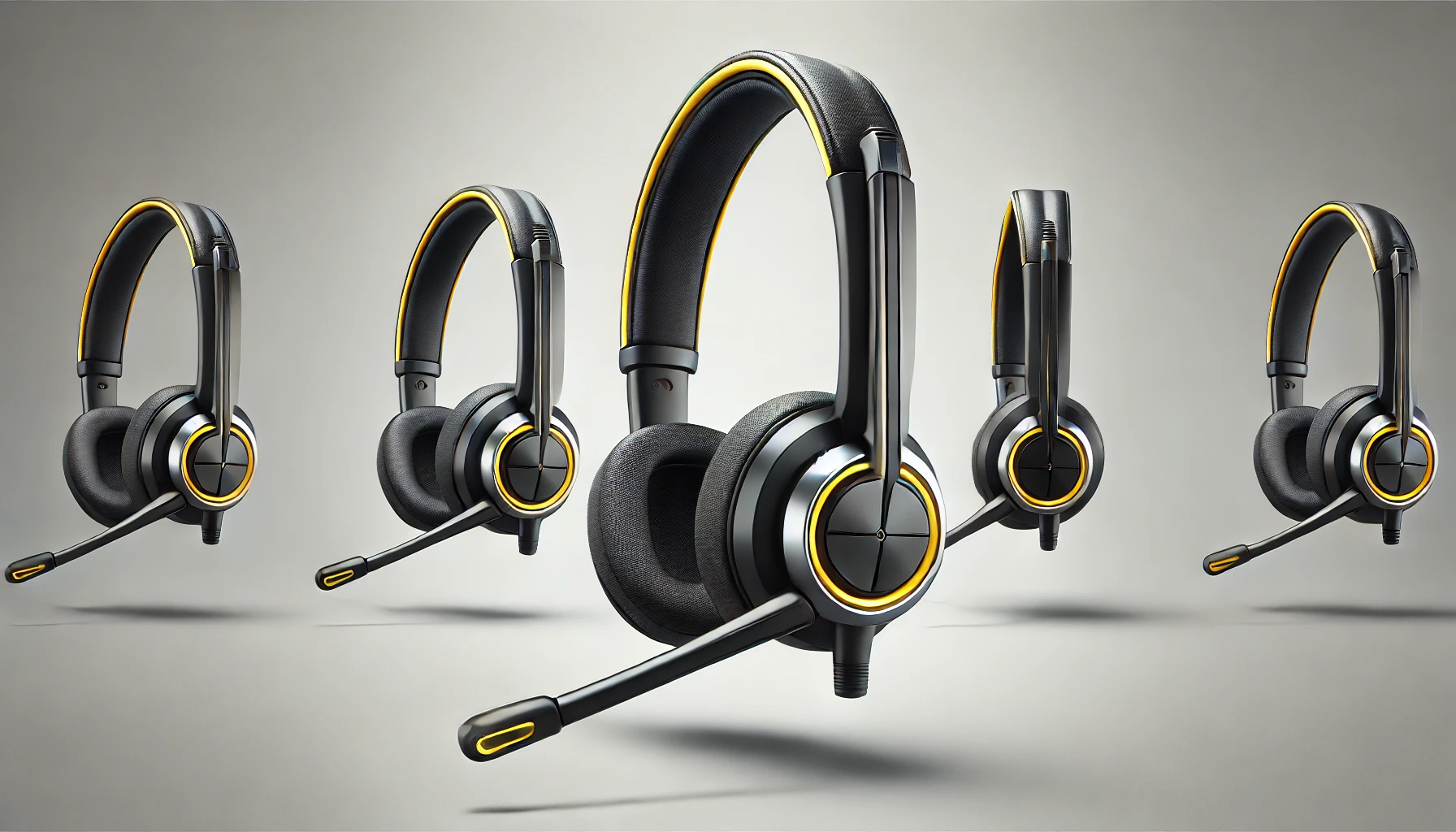
Introduction
Telephone headsets are high-performance communication tools that offer unprecedented benefits during long calls in various settings. By freeing up our hands and improving call clarity, they are a favourite candidate for everyone–from office workers to customer service representatives. Understanding how these devices work and what they offer can help you make the most of your call experiences. This article showcases how telephone headsets contribute to enhanced call experiences, highlighting their significance, types, and versatile uses across various sectors.
What are Telephone Headsets? Definition and Features
Telephone headsets, also called phone headsets, are hands-free wearable devices that connect to phones. These audio devices are designed for hands-free communication by enabling one to listen and speak without holding the device. Apart from telephones, a phone headset can connect to computers, VoIP devices, landline phones, and softphones using a connecting cord or wirelessly through Bluetooth. A headset consists of an earphone (speaker), a microphone, a connecting cord, and a wireless transceiver that work together to deliver two-way, clear audio. These high-performance communication tools come in various styles, catering to different comfort levels and preferences.
The Significance of Telephone Headsets in Modern Communication
Telephone headsets are the lifeline of modern communication that provides superior, consistent audio quality, hands-free operation, and comfort in various work environments. They are particularly valuable in industries that rely heavily on phone interactions, such as call centers, customer service, and remote work setups. In addition, phone headsets are of significant importance in providing enhanced productivity, reduced fatigue, and improved overall communication quality.
Why Quality Call Experiences Matter? Exploring the Role of Telephone Headsets
Quality call experiences are crucial in today’s effective communication environments, as they directly impact customer satisfaction, loyalty, and brand reputation. A positive call experience can enhance trust and foster long-term relationships in environments where consumers expect seamless and efficient communication. In essence, investing in quality call experiences not only boosts customer retention but also contributes to a company’s overall success in a competitive marketplace. Telephone headsets are at the forefront of enhancing call experiences, offering comfort, clarity, and convenience that traditional phone systems often lack. By providing superior sound quality, hands-free convenience, comfort, mobility, and health benefits, quality headsets make a significant difference in various environments.
What are the Most Popular Types of Telephone Headsets?
Telephone headsets are available in various varieties based on users’ specific needs and preferences. Below are the most common types available:
Wired Telephone Headsets
Wired headsets connect directly to your device via a physical cable, typically a 3.5mm audio jack. Due to direct, uncompressed audio transmission, they offer a stable and uninterrupted connection with reliable sound quality. A wired headset is affordable, requires no charging, and is often preferred for professional settings where consistent audio quality is paramount.
Wireless Phone Headsets
Wireless headsets connect to devices without cables, providing greater freedom of movement. These wireless models are perfect for multitasking and allow users to move freely while on calls. They are also ideal for short-range connections.
Bluetooth Headsets
Bluetooth headsets are a subset of wireless headsets that utilise Bluetooth technology to connect to your devices. They are known for their compatibility with smartphones, laptops, and other Bluetooth-enabled devices. A Bluetooth headset offers good sound quality and is highly versatile, portable, and convenient.
USB Headsets
USB headsets are designed to connect directly to a device via a USB port. They can connect to computers for VoIP calls, gaming, webinars, and virtual meetings. A USB headset often includes noise-cancelling features and is commonly used in office and remote work settings.
Over-the-Head vs. In-Ear Headsets
Over-the-head telephone headsets are designed to rest on or over the ears. They feature larger ear cups that provide superior sound quality and comfort during extended use. Over-the-head models offer active noise cancellation to further block external sounds.
In-ear headsets, on the other hand, are compact and portable tools ideal for on-the-go listening. They fit snugly within the ear canal, offering decent noise isolation and a secure fit. An in-ear headset is known for its lightweight and affordability, making it a preferred choice for mobile use, exercising, or travelling.
The Role of Headsets’ Noise-Cancelling Technology in Maximising Call Experiences
Noise-cancelling technology is crucial in telephone headsets, especially in noisy environments. This feature filters out background noise, allowing clearer communication on both ends of the call. Active noise cancellation employs microphones to pick up external sounds and generate inverse waves that cancel them out, improving overall call quality.
Wireless vs. Wired Headsets: How They Differ?
Wired and wireless headsets differ primarily in connectivity, convenience, and sound quality.Wired headsets are reliable and provide consistent audio quality. On the other hand, wireless models offer robust mobility and convenience in connecting to devices without physical cables. They are ideal for on-the-go users who need to multitask or move around.
Telephone Headsets for Different Industries: A Brief Look To Their Versatility
Different sectors have unique needs when it comes to telephone headsets. Some of the common industries where these high-performance tools are applicable include:
- Call Centers – Call centers benefit from headsets with excellent noise cancellation and comfort features that support long hours of use.
- Office Environments – Office headsets often focus on style, comfort, and sound quality, helping employees stay productive and connected.
- Remote Working – Flexibility and connectivity options are crucial for remote workers. Wireless models that connect seamlessly with various devices are highly favoured.
- Healthcare – In healthcare settings, headsets provide clear, reliable communication.
- Customer Service – Customer service professionals rely on headsets that deliver clear audio and comfort, enabling them to provide exceptional service.
Final Thoughts
Telephone headsets are more than just a communication tool; they enhance the overall call experience, making conversations clearer and more comfortable. These modern communication tools offer a hands-free and comfortable way to use phones and other devices. Investing in a quality headset ensures every call is a seamless and enjoyable experience across various industries.







